Exterior varnishes are semi-transparent to effectively protect wood against UV rays. We have explained this at length here. The semi-transparency is due to the pigment content which colours the varnish in wood shades. The pleasing appearance leads many to choose it, even if the intention is not to use it to protect the wood that is standing outside. Recently a lady asked me if she could use such a varnish, which was exactly the antique oak colour she wanted, to protect her parquet and stair treads. Colour is not the main characteristic of a varnish, a protective product. Even if it has the right colour, it doesn't have the qualities needed to protect the floor. Floor varnishes are primarily hard and abrasion resistant, whereas exterior varnishes are elastic, which means low hardness. Why outdoor varnishes need elasticity and what are the main characteristics of the materials that protect the floor, find out below.
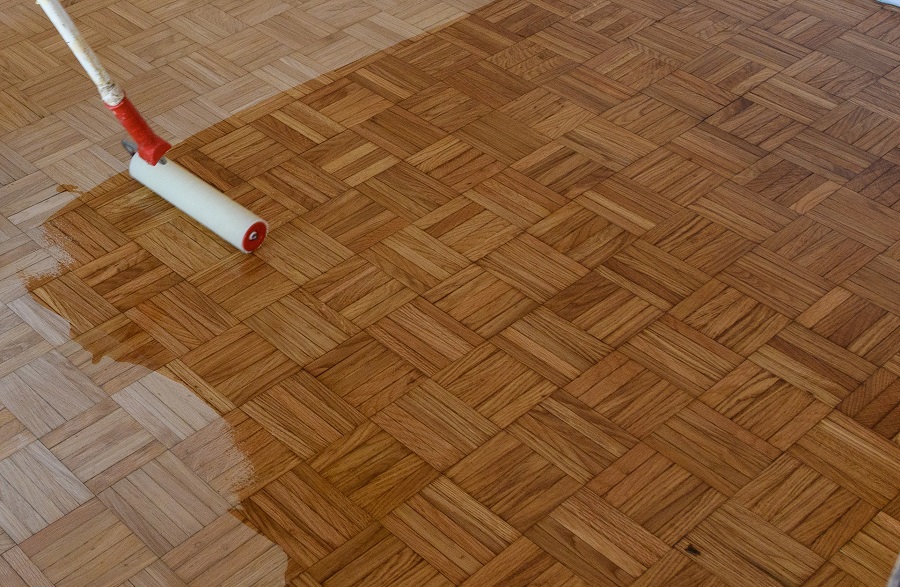
Outdoor varnish is elastic, not suitable for parquet and floors
Why are outdoor varnishes elastic? It's all down to the ability of the wood to exchange moisture with the environment until an equilibrium is established, a process that leads to swelling or shrinkage him. The humidity outside varies widely, which will also cause the moisture content of the wood to vary, with the dimensions of the wood increasing or decreasing noticeably. If the varnish had no elasticity, wood movement would cause it to crack shortly after application. Immediately water from rainfall would get under the film and peel the varnish, thus compromising protection.
The explanation automatically begs two questions: why, if protected with varnish, wood still exchanges moisture with the environment and why the lake cannot be elastic and hard at the same time. The answer to the first question is because we can't totally cover all parts of the wood. Wooden objects are made of several elements joined by different methods. We cannot cover them perfectly and completely with exterior resistant materials (varnishes, lacquers, paints) no matter how hard we try. There will always be unplugged fibre ends that will exchange moisture with the environment. Wood is only completely insulated from the outside if it is 'buried' in epoxy resin, thus eliminating any contact with the outside.
The elasticity and hardness of varnishes are inversely proportional properties. That is, the more elastic a varnish is, the less hard it is, and therefore less resistant to mechanical shocks. Varnishes described as hard and elastic at the same time are compromises made for certain situations (for example, some varnishes used for wooden furniture in bathroom and kitchen areas, areas with higher humidity). They cannot yet be used where the main characteristic of the varnish must be elasticity or hardness.
The dimensional variation of the wood on the outside - important in the radial and tangential directions and negligible in the longitudinal direction - must also be taken into account when choosing constructive solution of the object from the outside. The increase in size can cause the elements to push into each other and crack the film at the joints, creating a pathway for water to enter. One solution is to use laminated wood whose movement is greatly reduced.
The floor varnish must be hard to protect the wood from scratches and mechanical shocks
The main tests for flooring, for floors in general, are mechanical shocks (falling objects, bumps, shoe heels), the weight of furniture, heavy traffic, scratches from pets. That's why the varnish protecting it must be hard, resistant to indentation, scratching and abrasion. Applying a soft, non-hard exterior varnish will immediately result in scratches and indentations, and the appearance quickly becomes unpleasant.
But hard varnish alone is not enough to keep the floor in good condition. The wood you choose must also be hard and abrasion-resistant. No matter how hard the lacquer, if the wood cracks, it will crack immediately. There are methods of determining the hardness of a species, the Janka test which we have discussed at length here being the best known. Because wood is not a homogeneous material, the hardness of a species is determined by an average value, as is density. Analysing the hardness of Janka we find that the wood of fag or frasin is even more suitable for parquet than oak, and spruce or teepee should be avoided. Our hardest wood is acacia.
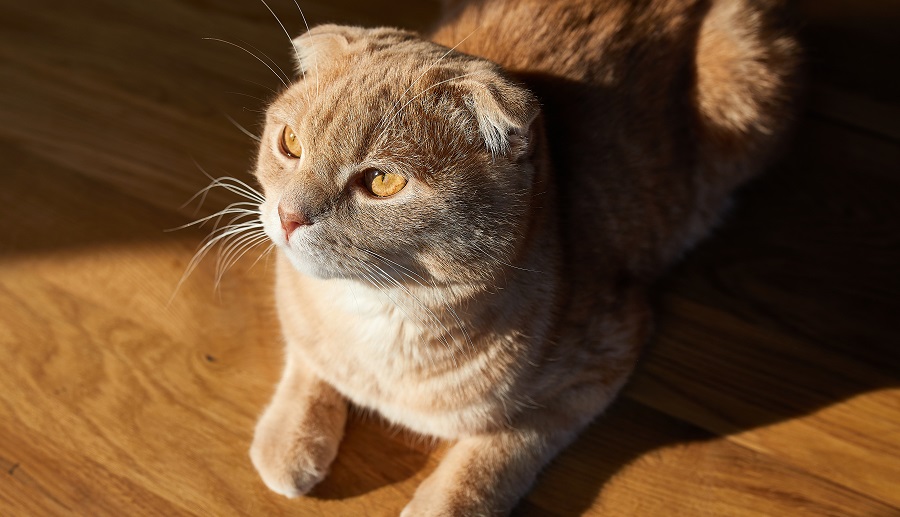
Exterior varnish is not a solution for finishing parquet
Outdoor varnish is not suitable for parquet because the elasticity required for outdoor conditions makes it soft and without mechanical resistance. Varnishes should be chosen according to their characteristics and the area for which they are designed. There is no universal varnish that can be used with very good results for any application, just as there are no miracle products that make superb films without following the technology and working instructions. The technical factor must always take precedence over the aesthetic. Only once we are convinced that the material has the necessary qualities can we look for the colour and appearance that satisfies us.
I hope you find the above information useful. As usual, additions are welcome. And if you have any questions or queries, please leave them in the space below. I'm sure I'll reply.




















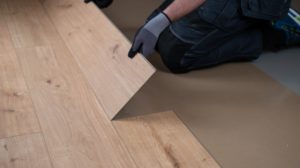


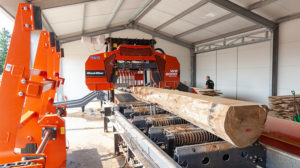

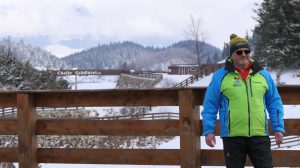
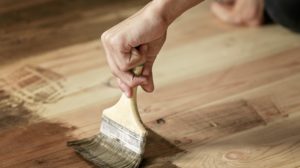
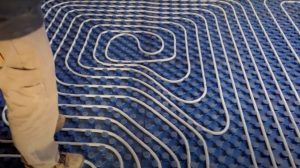
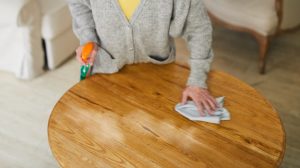

Hello! I used a varnish for treating the attic floorboards that is exclusively for outdoor elements. Sadolin terace is called. The look is ok. Resistance is good both inside and outside where I varnished the balconies and stairs. The problem is with the smell that doesn't go away. I was thinking that it may give off toxic compounds and hence the recommendation to only use it outside. From what I can see it is organic solvents. But I also found them in the composition of an interior varnish from the same company. I hope it's just this difference you described.
Hello!
It does not emit more toxic compounds than indoor products. Solvent-based outdoor products are based on alkyd resins. Part of the thinner in these resins is made up of petroleum-derived solvents which are more volatile. Hence the persistent smell. After a period, longer indeed than with indoor products, it will disappear.